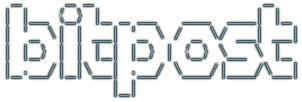When NPM gets bumped, you start with an empty module cache. To restore it with optimal dependencies:
cd baseapp && rm -rf node_modules && npm -g install cd dependentapp && rm -rf node_modules && npm -g install cd thirdlevelapp && rm -rf node_modules && npm -g install



 Fuller explanation on
Fuller explanation on 

 Carry on!
Carry on!
